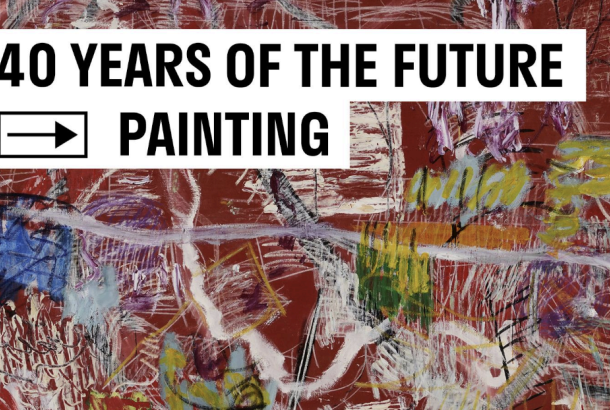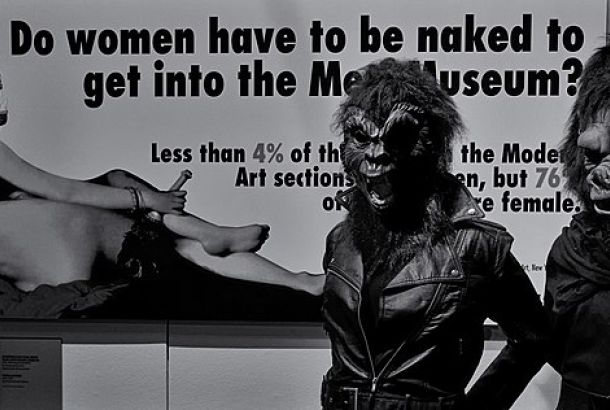Review: The Sleeping Beauty
In her text ‘From the Beast to the Blonde,’ Marina Warner discusses the idea that romance, and the fairy tales which owe a significant debt to the romantic tradition, offer us the tantalizing possibility remaking ‘the world in the image of desire.’ That is a sophisticated premise and would I suggest that fairy-tales do two things – they tap into a childlike wish for magic, a belief in impossibility and a certainty in the sense that reality can always be ‘remade’, but they also often access more adult themes of desire, threat and sadness. The importance of keeping a childlike innocence and joy in the story, while not letting the characters become two-dimensional or childishly simplistic, is the balancing act in play here.
This is achieved beautifully in the English National Ballet’s production of ‘The Sleeping Beauty,’ currently touring and playing at the Manchester Opera House. I went last night and was prepared to be amazed by the technical skill of the dancers, to be made jealous by the sumptuous costumes that made you wish you owned a tutu, and to wish I had the ENB Orchestra to follow me around to play at appropriate moments in life. However, I was not prepared for the honest storytelling which grounded and supported that extraordinary spectacle, and achieved what I thought was an impressive feat – make a show which is at first glance people pirouetting around in archaic costumes reveal itself to be real, relevant and believable. Whilst we are, as an audience, initially drawn in by the technical skill of the ballet, I think had it not been for that emotional depth, even the most beautiful pointe work could have left the audience feeling cold. In that sense, the movement provided a route to understanding emotion, and it was that emotion which was the main event, rather than the technical brilliance of the ballerinas flying across the stage.
That is not to say that the dancing itself was underwhelming, just that without that emotive underpinning the story would have felt hollow. That sense of honest emotion was echoed in the sympathetic and detailed costume and set design, which was a development and in some cases a reworking of the original design of the show. The artistic team seemed to share a sense that they didn’t want to make anything too obvious or easy for the audience – details of the choreography meant that at moments we did feel a sympathy for Carabosse, the wicked fairy who casts the spindle spell over the Princess Aurora. Similarly, as Carabosse discovered the Lilac Fairy about to lead the Prince to wake Aurora with a kiss, the lights played across his costume and made some parts of it appear a deeper purple colour, subtly seeming to echo the Lilac Fairy’s own costume. That was just one example of the way in which the production seemed unwilling to draw too obvious a line between ‘good’ and ‘evil,’ between the childish innocence and more adult subtleties of the story.
Whilst we do as an audience rejoice with the happy ending, part of that joy comes, I think, from those subtleties within the performance which mean we never quite forget the threat of Carabosse, but neither do we forget her loneliness and jealousy either, meaning the ballet plays in a quite a sophisticated way with our emotions. These sadder undertones keep the production from becoming to saccharine or indulgent, and ground it in a reality that reminds us, however hard we might try to, we can never wholly ‘remake the world in the image of desire’.







